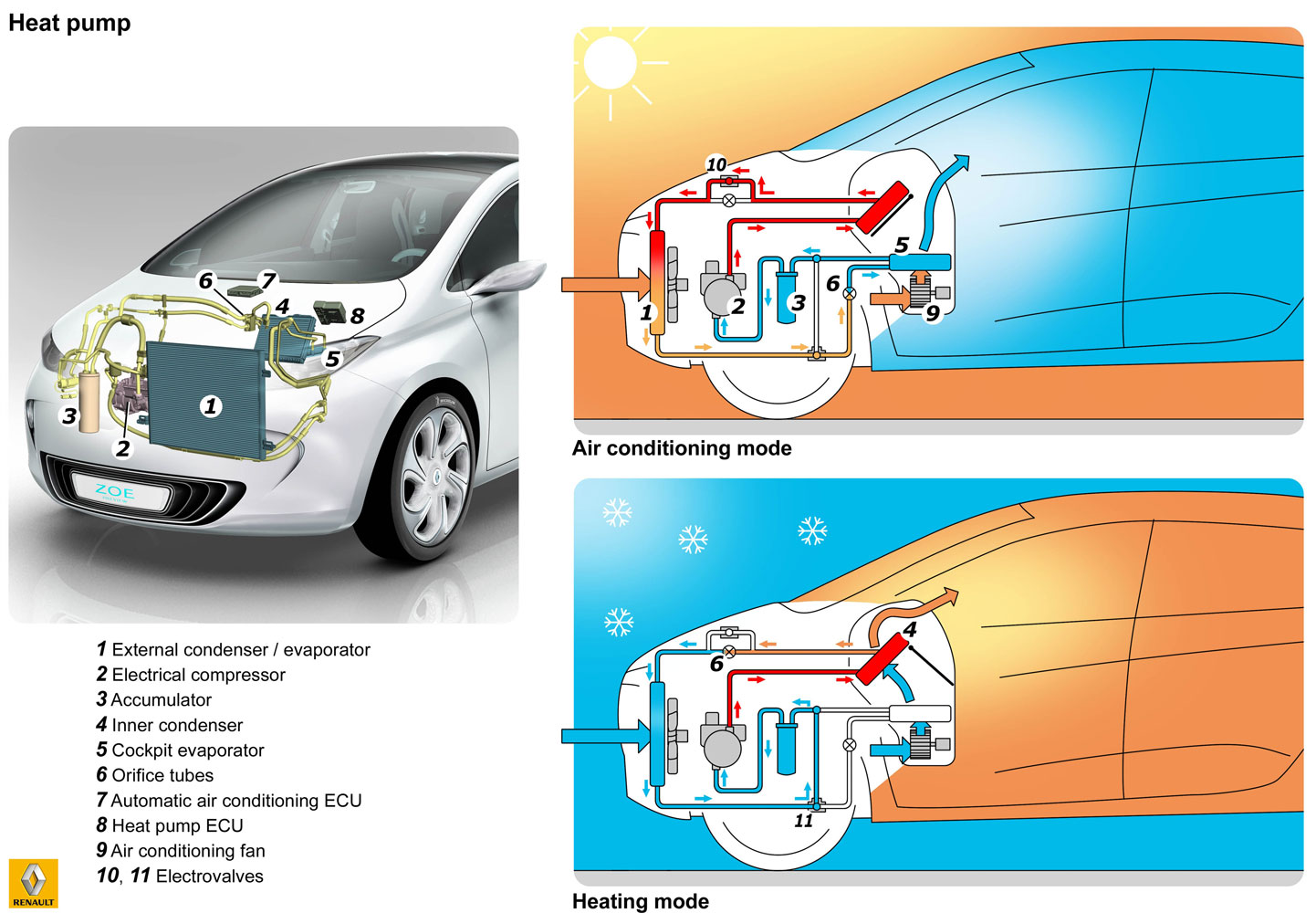Battery Charging Prediction Model
In the Bleeding Edge source code on Github, we’ve implemented a battery charging prediction model. It is accessible through the Experimental section. Here’s what it does.
When you start charging the battery, CanZE fetches the State of Charge, battery temperature, chargepoint power and the range estimate from the car. The first three are fed into a mathematical model of the battery. The model is then run for 100 minutes. Each 10 minutes the State of Charge is displayed, along with a range prediction. This will allow you to estimate how much time you have before the required range to get to your destination is reached.
The model is of course not perfect, and by it’s nature, errors accumulate. Feedback is appreciated. We intent to put it in the next release.
Edit: The screen shows always 10 lines. It’s silly to pretend accuracy is better than that. Depending on the possible charging power detected, the number of minutes between two lines varies between 10 and 50 minutes. We’ve ironed out a couple of nasty bugs, but it’s ready for the next release now.




